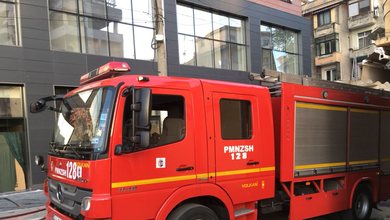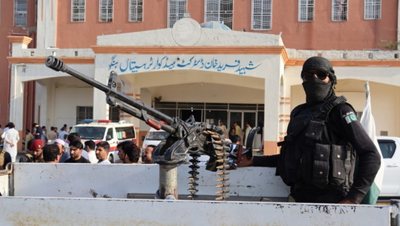
The Ministry of Health has asked the Ministry of Finance to finance an additional 26 million euros in the 2026-2 budget, which are needed for the salaries of medical staff and the purchase of some equipment that facilitates interventions for people with blood clots, which pose a risk of cerebral hemorrhage.
According to the proposal, a fund of 400 million lek has been requested by the Ministry of Health to implement the new salary policy, which aims to unify the calculation of seniority of medical staff with that of civil servants.
The ministry has also foreseen investments for specific hospital services. For thrombectomy at the QSUT, a service that is expected to benefit around 300 patients per year, extra funds of 480 million lek or around 4.8 million euros have been requested.
Thrombectomy is a medical procedure used to remove a blood clot from an artery. This is usually necessary when the clot is causing a blockage in blood flow, which can lead to a stroke or heart attack.
In the area of capital expenditures, additional funds have been requested for the purchase of equipment for 2026, amounting to 250 million lek or 3.5 million euros for Gamma Knife in neurosurgery at the University Hospital of Tirana and 200 million lek for other biomedical equipment.
Gamma Knife is a highly specialized medical device used for precise brain surgery without the need for open surgery. It works with focused beams of radiation that destroy damaged or tumor cells in the brain and is used for brain tumors, vascular malformations, and some neurological problems.
Compared to the region and the EU, health equipment in Albanian public hospitals is scarce and outdated.
Albania is perhaps among the only countries in Europe that still does not have a PET scanner in public hospitals, MRI equipment or modern laboratory equipment, which are considered basic standards even in countries in the region. This directly affects diagnostic capacity and patient service.
Many devices still operate with outdated technology, limiting the accuracy and speed of diagnosis. Even when modern equipment exists, there is a lack of trained personnel or funds for maintenance, which increases the risk of service interruption./ Monitor






















